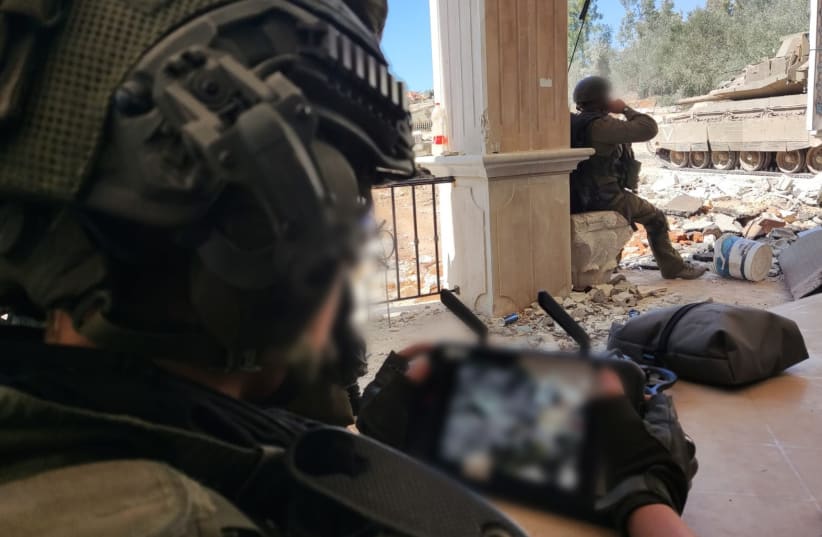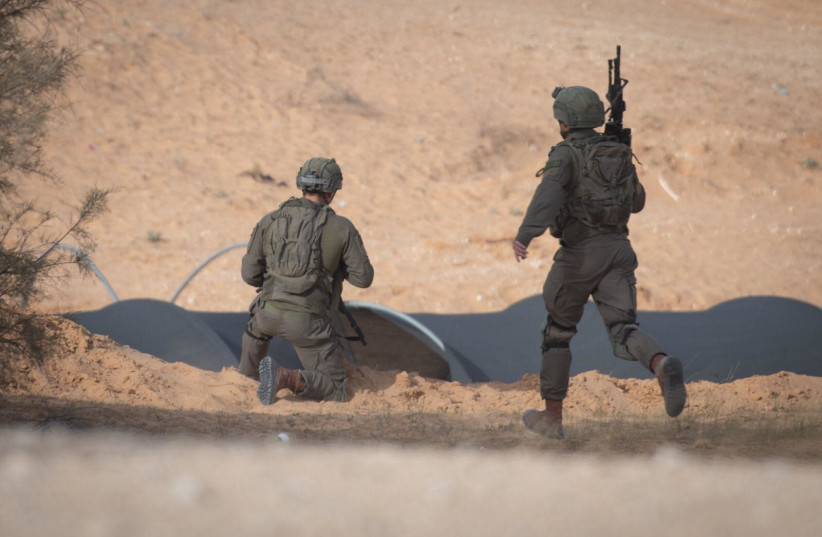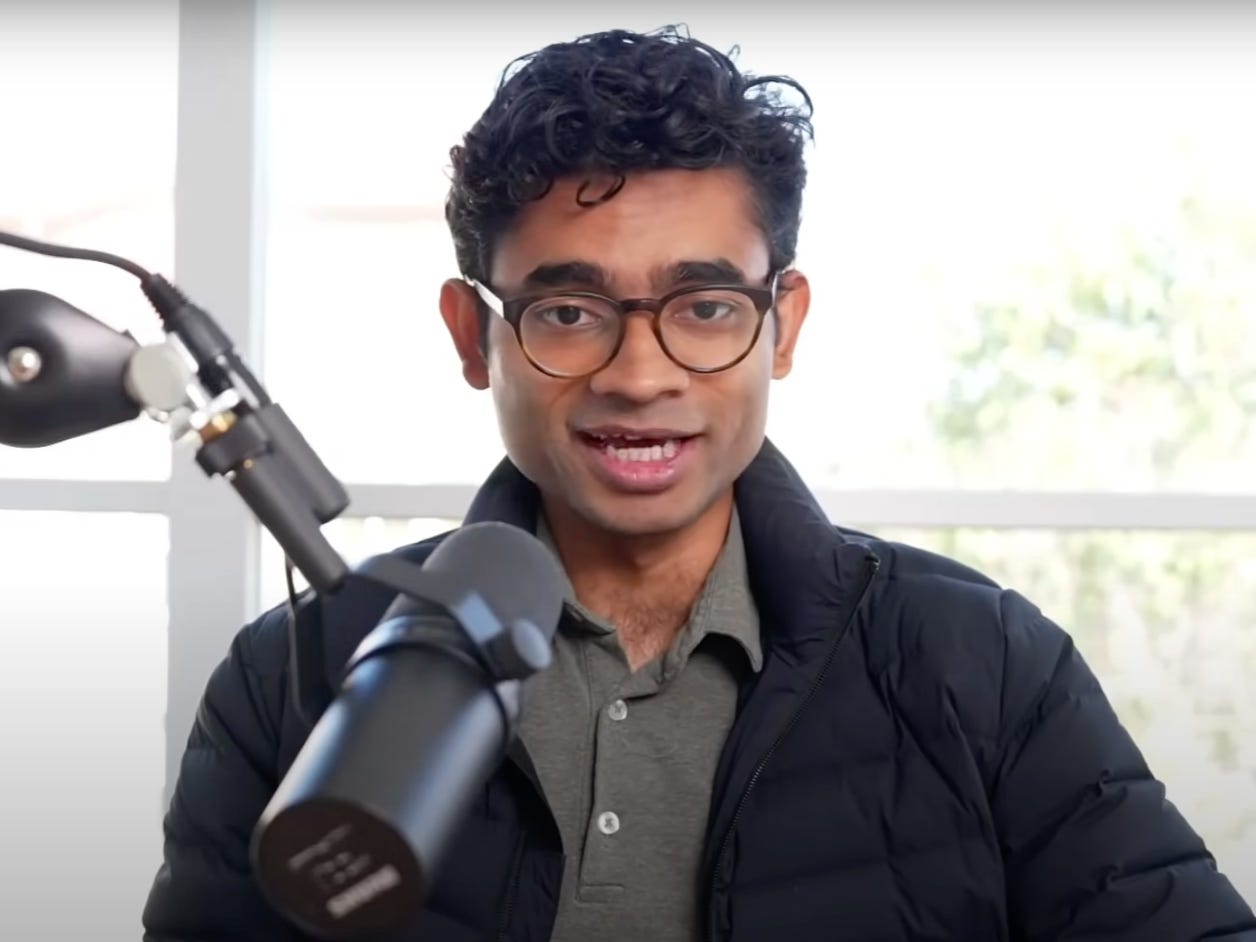
As the IDF carries out its ongoing missions, the organization’s combat engineers are discreetly transforming the landscape of military engineering.
battlefield
With tech aimed at saving lives prior to combat starting, the IDF declared in a press release on Sunday.
Throughout their missions, the soldiers encounter an array of hazards including subterranean passageways, booby traps, and concealed attacks. In response to these dangers, the IDF has created and implemented various tactics and technologies.
remote-operated tools
intended to counteract dangers while ensuring troops remain safe from danger.
One of the recent developments includes a teleoperated bulldozer, an enhanced model of the “Panda,” designed for detecting and neutralizing concealed explosive devices. This machine can spot landmines and initiate precise explosions from afar, ensuring the safety of its human controller who remains out of harm’s way.
“This
bulldozer
Since the beginning of the conflict, this unit has mainly focused on addressing subterranean dangers such as tunnels,” clarified Lt. C., who serves as the brigade’s intelligence officer. “However, as we gained more insight into the character of warfare over time, we realized its effectiveness extended beyond just below-ground operations. Now, it plays a crucial role in getting ready for land exercises.
The vehicle has demonstrated effectiveness in both urban and rural environments, aiding ground troops by paving the way forward and reducing their vulnerability to improvised explosive devices.
Alongside heavy machinery, the IDF has started employing more precise instruments, including compact, joystick-controlled robots designed to cut wires and disarm explosives safely from afar.
The primary benefit of the robot lies in its straightforward design and human-like accuracy. As Master Sgt. M., a robotics technical instructor with the Ground Forces Technology Division, explained: “Its distinctive feature is the miniature scissors integrated into it.” This allows operators who are remote from the site to feel as though they are personally performing the wire-cutting tasks themselves.
Due to the robot’s straightforward design, we can swiftly instruct soldiers serving a brief reserves duty how to operate it.
Our operations have been modified in this latest phase,” stated the intelligence officer. “Bringing back civilians to regions where combat is ongoing has introduced new difficulties, including encountering barriers set up by Hamas terrorists beforehand.
Engineering support adapts as threats change.
Major Y., who serves as the engineering officer in the Jerusalem reserve unit, explained that these instruments are integral to an overarching transformation in how the Israeli Defense Forces (IDF) ready battle areas. “We have created techniques for managing systems from afar, guided by strategic evaluations,” he stated. This approach ensures a more secure zone prior to executing missions.
The changing nature of threats has made engineering teams more adaptable, especially as non-combatants start returning to areas of conflict. This revival has compelled the IDF to address fresh difficulties, such as booby-traps and explosives set up beforehand by Hamas members.
“As we enter this new phase, our operations have been adjusted,” Lt. C. observed. “Bringing back civilians into regions of combat has introduced additional difficulties, including encountering barriers set up by Hamas militants beforehand.”
The engineering teams, who frequently coordinate with field officers, stress the importance of real-time creativity and flexibility. As stated by Master Sergeant M., “We pay close attention to the demands from our personnel in the field and create equipment based on those requirements.” The objective is to transform the necessities of the combatants into functional solutions within mere days.
As the Israeli Defense Forces (IDF) carries out its mission to protect both its personnel and citizens, the engineering corps’ knack for merging tactical innovation with advanced technology plays a crucial yet understated role on Israel’s defensive frontier.

